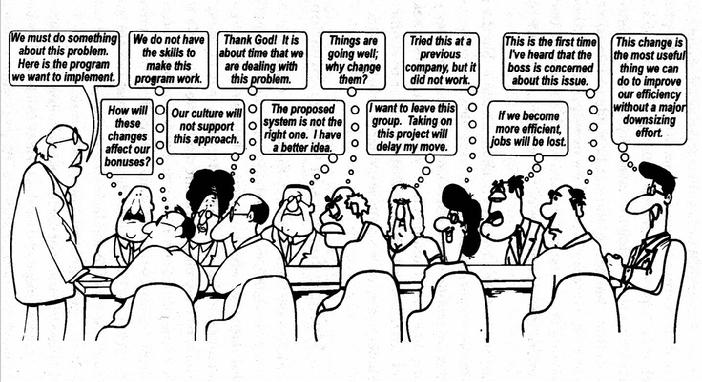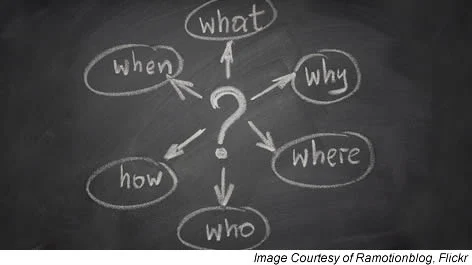 In the previous post on Revenue Operations, I shared the four core functions you would bring to your role:
In the previous post on Revenue Operations, I shared the four core functions you would bring to your role:
- Operations
- Enablement
- Insights
- Tools
Diving deeper into what these four elements represent, you will own the following for your organization:
-Maintain go-to-market alignment.
-Define and drive the process.
-Create and maintain a revenue roadmap.
-Manage the business tech stack.
-Drive data stewardship.
-Create and run training.
-Reporting on proactive macro-level and micro-level insights to manage the business.
As part of your role, the one fundamental aspect that we did not discuss is that Revenue Operations is a “Change Agent.”
I want to delve into the process of change management and how to structure this in your organization. I am a firm believer in SMART goals – Specific, Measurable, Achievable, Realistic, and Timely. The use of this methodology will focus your efforts and increase the chances of accomplishing your change. With SMART goals, you can create the framework to drive cooperation efficiency across the customer lifecycle.
Regardless of the type of change you will embark on, understanding and communicating the five W’s & H will provide context and perspective for each change’s step-by-step details.
WHO?
As you look across the Revenue Landscape, Who are the stakeholders. Generally, you think this is the executives in each role, Marketing, Sales, and Customer Success, but changes you make also affect the SDR., AE, Support analyst, Implementation Engineer, Customer Success coach – that is, everyone in the entire revenue engine. It is imperative you understand who your change will impact. When making decisions or change, ask yourself:
-Who is involved?
-Who is affected?
-Who will benefit?
-Who will be harmed?
WHAT?
At its core, what do we want/need to do is the change’s primary focus. It is your responsibility to understand each team’s goals, and as part of your charter, you will need to succinctly describe the change to all stakeholders and the value each change will provide to your organization. Without a clear definition of what, you risk a lack of buy-in and possible failure. Answer these questions:
-What is your change, describe in a simple phrase/sentence?
-What does your change involve? (i.e., What are the different parts to it?)
-What are the effects of the change?
-What is the benefit of this change?
-What if you do not make the change?
Where?
The where is the what used in your business. For example, a change to your Sales Methodology, such as implementing MEDDIC in your sales process, you need to update and change your CRM to capture the data (the where). Another example is the project team and the ability to collaborate on this change; will this be on zoom, in-person, off-site, etc.
When?
When are the target start date and end date of your change? The when is the period for delivering the what, and your expected date to achieve the why.
Why? (+5)
The why is vital in looking at the change you believe is needed. Asking this question multiple times, you can determine the root benefits and motivations to make this change.
-Why are we making this change?
-Why do we need this change?
-Why change now?
-Why is this change necessary?
-Why does it matter?
Now the why, (why, why, why, why) is to confirm we look at the real reason for the change and not make a snap decision based on limited knowledge or responding to a one-time fire drill. For example, you would not scrap your entire order process if one deal did not get processed within an agreed-upon time-frame. You would ask:
-Why did this happen?
-Why did the system not alert you?
-Why did the AE not contact the team responsible for to process?
-Why did the contracting team not identify the issue?
-Why does this matter?
How?
You have determined who is involved, what the change is, where it takes place, when the change will happen, why you need to make the change, so now you need to determine how the change will work. You are fundamentally choosing:
-How will we complete the work?
-How does it function (the change)?
-How does it do what it does (the result)?
-How are those involved affected?
In a simplified view, we understand who will do what, when, and where, why, and how?
When you look to RevOps as the agent of change, you will drive efficiencies and break down the internal silos to increase alignment and focus. Any change success depends heavily on the quality and workability of the relationship between the RevOps and the organization’s key decision-makers. RevOps builds alignment across all revenue engine teams and the other vital stakeholders such as Finance, Product, and the Executive team.

Leave a Reply